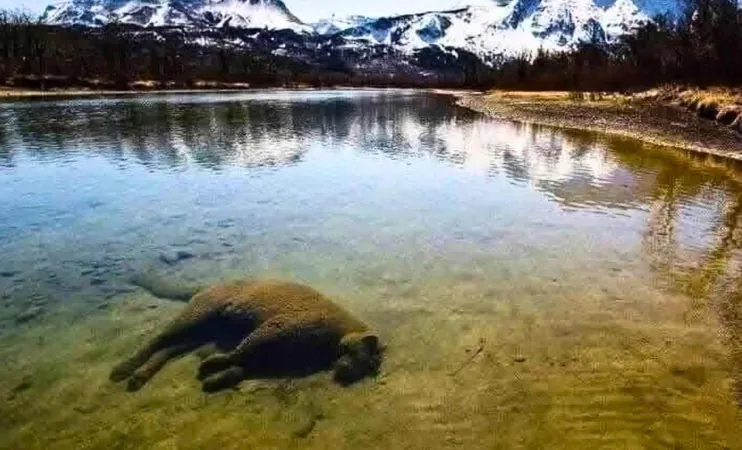
The Mystifying Cougar at the Lakebed: Could This Be the Start of Fossilization?
2025-04-24
Author: Emily
A Captivating Scene Underwater
A striking image of a cougar resting at the bottom of a lake has taken the internet by storm, sparking intrigue and speculation about the possibilities of fossilization. Captured by Ryan Peruniak, a park ranger at Waterton Lakes National Park in Alberta, the photograph depicts a serene cougar immersed in clear water and covered in algae and sediment. Peruniak stumbled upon this eerie scene while walking along the riverbank in early spring, shortly after the ice melted.
Describing the moment, Peruniak noted that the cougar seemed to be in a "peaceful pose on the riverbed, reminiscent of a house cat basking in the sun." To snap this captivating shot, he waded waist-deep into the icy river, framing the image against a backdrop of majestic mountains.
The Seductive Allure of Fossilization
As the photograph gained traction online, many wondered if this scene could signal the cougar's journey toward becoming a fossil. Some social media users even claimed that if the body remained undisturbed, the sediment could kickstart a natural fossilization process.
But the reality isn't so straightforward. Peruniak revealed that the carcass wouldn't stay put for long. "People often collect skulls and claws of animals like cougars," he said. Due to this likelihood, park officials safely removed the body and relocated it, effectively quashing any chances of fossilization.
The Complex Science Behind Fossilization
To classify as a fossil, an object generally must be at least 10,000 years old, according to the British Geological Survey. However, fossilization can start much sooner under ideal conditions. Studies indicate that even soft tissues can begin to mineralize within just two years, contingent on environmental factors.
One such factor is the presence of microbial mats or biofilms, which can act like a biological sarcophagus, preserving soft tissues and accelerating the fossilization process by halting decay. Unfortunately, in the case of the submerged cougar, icy waters likely inhibited microbial activity, decreasing any chance for preservation.
Why Most Organisms Don’t Become Fossils
Dr. Susannah Maidment, a paleobiology expert at London’s Natural History Museum, explained the unlikeliness of fossilization. "For the vast majority of animals, even their hard parts don’t survive," she said. Unique burial conditions and rapid burial are often necessary for fossilization.
In most ecosystems, decomposition dominates, with various organisms breaking down remains. Maidment illustrated this with a vivid analogy: "Imagine a dinosaur dying on a flood plain—other animals will come along, tearing it apart while bacteria do the rest. Rapid isolation is key to fossilization success.
The Cougar’s Chance for Immortality Slips Away
In this case, the cougar unfortunately fell through the ice and became trapped, yet even that was not sufficient to initiate fossilization. Despite the initial fascination with the image, the story serves as a poignant reminder of the delicate dance between decay and preservation in the natural world.
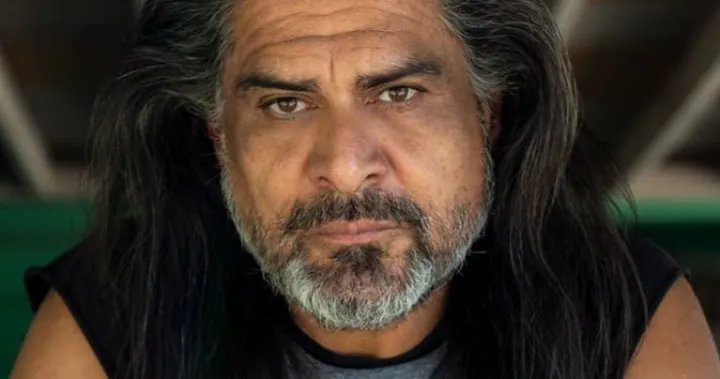
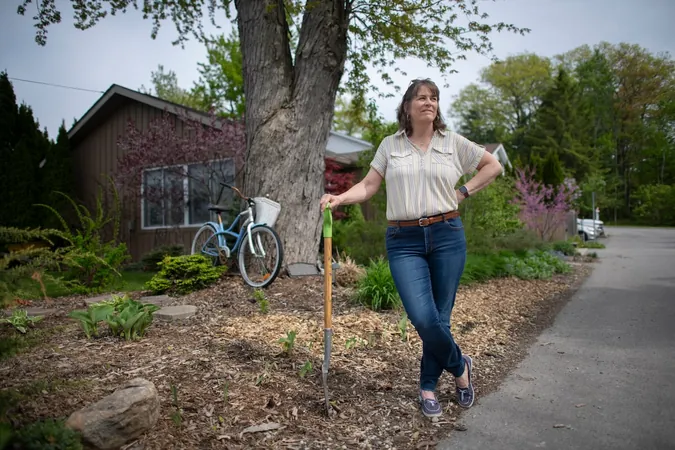
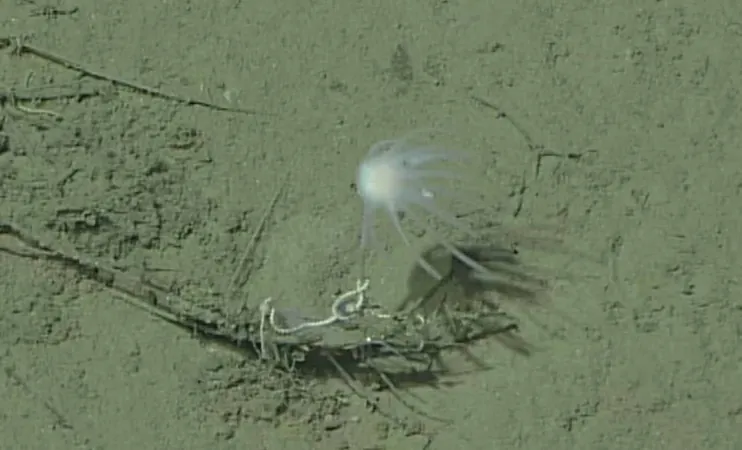


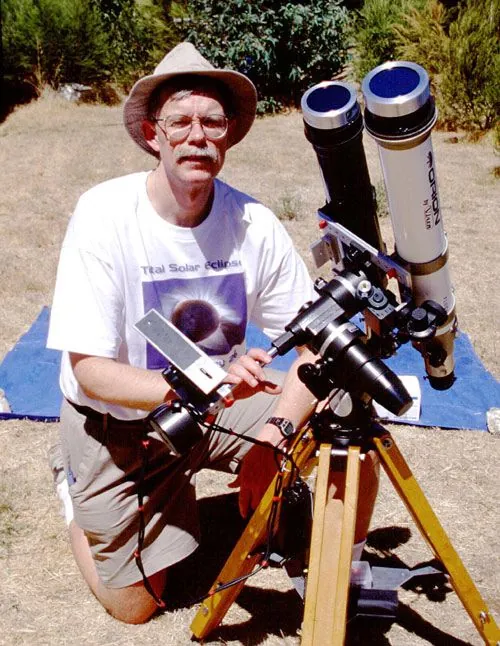

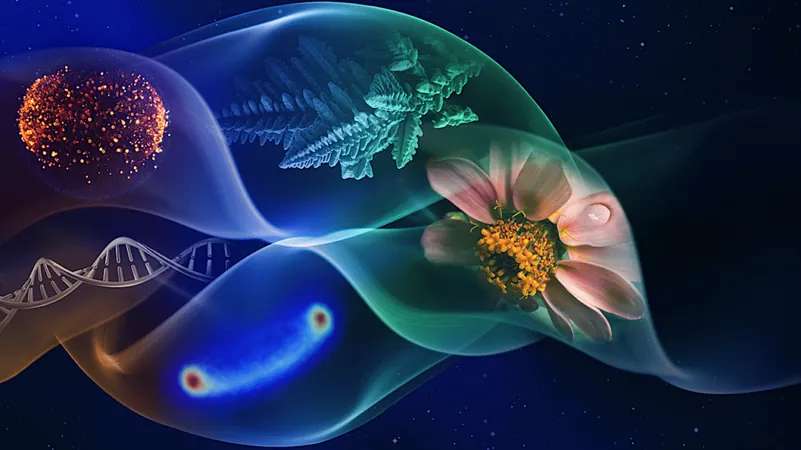

 Brasil (PT)
Brasil (PT)
 Canada (EN)
Canada (EN)
 Chile (ES)
Chile (ES)
 Česko (CS)
Česko (CS)
 대한민국 (KO)
대한민국 (KO)
 España (ES)
España (ES)
 France (FR)
France (FR)
 Hong Kong (EN)
Hong Kong (EN)
 Italia (IT)
Italia (IT)
 日本 (JA)
日本 (JA)
 Magyarország (HU)
Magyarország (HU)
 Norge (NO)
Norge (NO)
 Polska (PL)
Polska (PL)
 Schweiz (DE)
Schweiz (DE)
 Singapore (EN)
Singapore (EN)
 Sverige (SV)
Sverige (SV)
 Suomi (FI)
Suomi (FI)
 Türkiye (TR)
Türkiye (TR)
 الإمارات العربية المتحدة (AR)
الإمارات العربية المتحدة (AR)